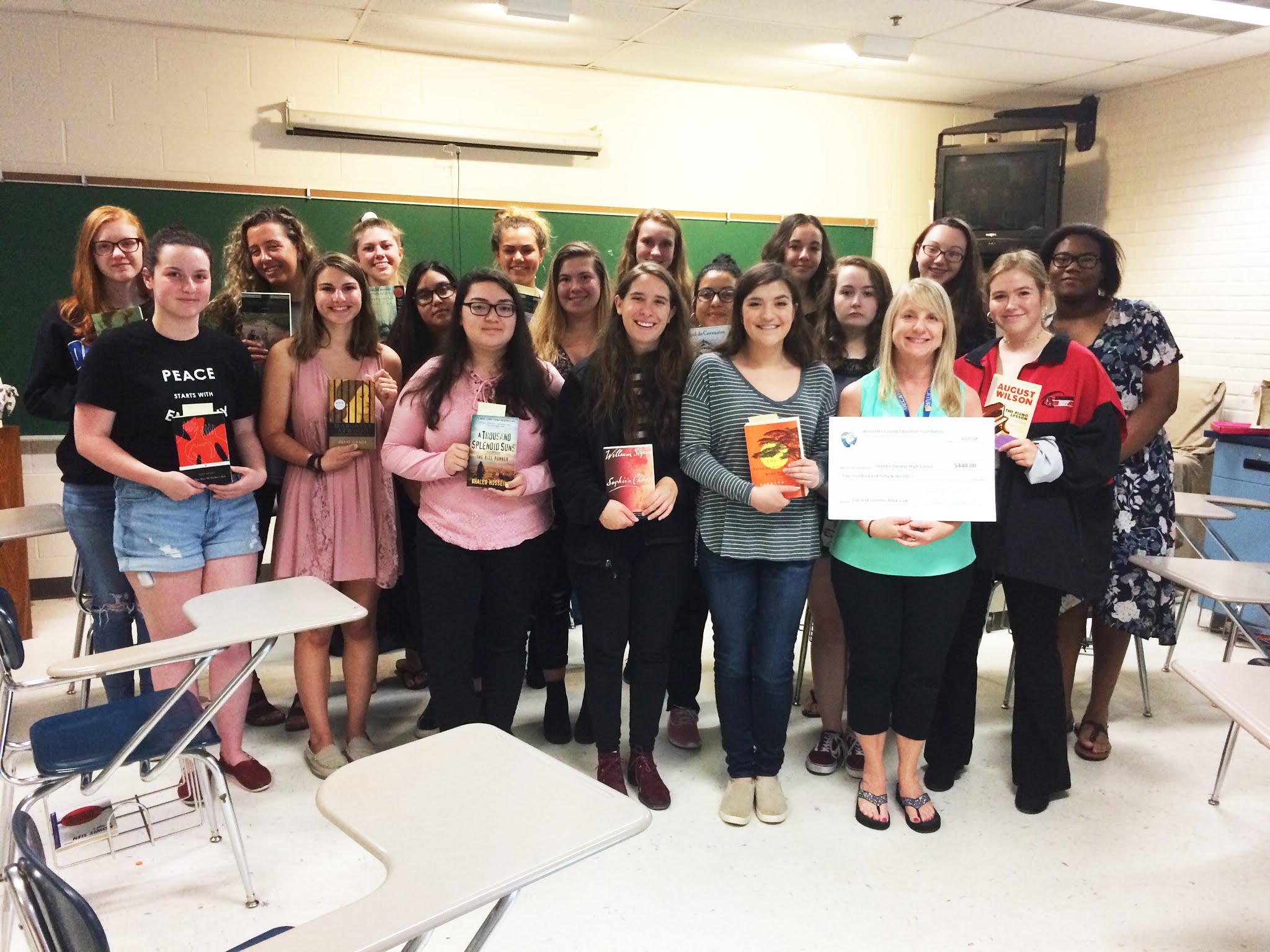Teens Aren’t Reading Books
Most secondary English Language Arts teachers know that it’s very challenging to get teens to read entire novels these days. In fact, watch this video from Penny Kittle to see what they say. (Do they remind you of your students?)
No doubt, there are numerous reasons why they don’t want to read- distractions from technology, shorter attentions spans, emphasis on standardized testing- but no matter the reason, it’s essential for them to read novels for the following reasons:
- It builds their reading stamina.
- It prepares them for the reading necessary in college and careers.
- Reading deeply and widely increases their knowledge.
- It improves their critical thinking.
- It helps them succeed in English classes, especially my Advanced Placement English Literature and Composition!
And because I want my students to be successful, I created a Flipgrid Summer Book Club this year so that they would read several books before they even attend class.
Solving a Problem
Over the four years that I’ve taught the course, I recognized a problem. My school uses block scheduling and a semester calendar. Recently, they’ve allowed students to take AP English Literature instead of British Literature, which used to be a pre-requisite.
AP English Literature is only offered in the spring- that means I may have students who took American Literature in the fall of their junior years and won’t take English again until February of their senior years. Although I’d like to think that students who sign up for AP Literature are voracious readers, sometimes that is not the case, especially with books of literary merit.
To deal with this problem, I applied for a grant to create my summer book club and received enough money from the Worcester County Education Foundation to purchase books for all of the incoming AP English Literature students. And even though I wanted them to read rigorous books, I still wanted to give them choices in their selections so here’s what I did.
How to Use Flipgrid to Engage Students in their Reading
1. I experimented with Flipgrid. I’m no tech guru so I asked my current AP English Literature students to help me learn Flipgrid. (I’m from a generation that didn’t even have computers until I was in high school.) I asked them to make advice videos for the incoming students. This gave me a chance to troubleshoot the problems that came up. If you want to see the advice videos, enter the code c34c4e and password Sdhs2018.
2. Then, I received a roster for the incoming AP English Literature students. (My numbers have increased significantly because of the changed course requirement policy and because I’ve recruited students into the class.)
3. I gathered lists with titles of the books most commonly
mentioned on the free response question from the AP English Literature Exam. I even consolidated older lists with newer lists so that students would have access to the most up-to-date choices such as All the Light We Cannot See and Homegoing.
4. Next, I wrote a letter to the students and their parents explaining the book club and asking the students to select two titles. With the letter, I gave them the book list and a permission form for the parents to sign, basically saying that their children agree to read the book and participate in two Flipgrid posts.
5. During the last days of school, I met with the students to give them the letter, book list, and to show them the advice videos. Additionally, I asked them to join my Remind so I could communicate with them over the summer.
6. I requested that they make videos introducing themselves so they could practice with Flipgrid before school ended. And even though I’m camera shy and didn’t really want to videotape myself, I decided that I should make one if I wanted them to make one. If you want to see my video enter the code 8b17f7 and password Sdhs2018.
6. After receiving their choices we ordered the books which arrived several days later, and once again I met with students.
7. Lastly, I gave them instructions for posting the videos this summer, including options for students who feel uncomfortable videotaping themselves (amazing to me, since they seem to be posting on social media all of the time). Here were some of the tips:
- Cover the camera and provide an audio only response.
- Use props such as drawings, stuffed animals, etc.
- Flip camera to record something else while talking.
I selected two weeks in the summer for them to post about the books that they are reading. On the instructions, I provided open-ended questions so they can be used for varied titles. For the first post, I have the following questions:
- How did the book begin? Did it pique your interest?
- Describe your favorite character.
- How is the setting affecting the characters or plot?
- Describe the author’s style with an example.
- Describe a conflict faced by a character. What does he/she do, and what would you do in his/her shoes?
Of course, I’ll model answers to some of these questions for them with the book I intend to read, The Handmaid’s Tale. For the second week, which will be close to the beginning of the school year, these are the questions I gave them. (At this point, they should be finished with the book):
- Identify a theme from the reading and provide an example to support it.
- What character experienced transformation? Describe and explain.
- Were you satisfied with the ending? Why/Why not?
- Would you recommend this book? Why/Why not?
- What’s something you learned from reading the book?
Although I haven’t practiced with it yet, Flipgrid allows students to respond to each other’s videos. I’m hoping we can extend the conversations of their books with this feature.
Hopefully, we’ll be able to continue our book club during our first semester, and I can share this idea with other teachers in my school who may want to create their own book clubs.
So, please wish me luck! I’ll report back in the fall after we finish at the end of the summer and let you know how it went.






2 Comments
I love this. The awesome part is that flipgrid is now free for all educators and students! I know they had a free version before, but it had limitations. I’m excited to use this resource. VoiceThread is another free site that is similar.
Thanks! I’m going to check our Voice Thread too!